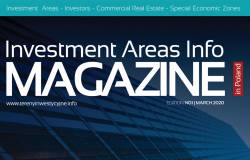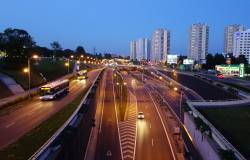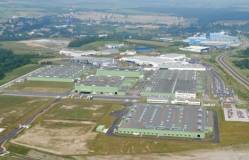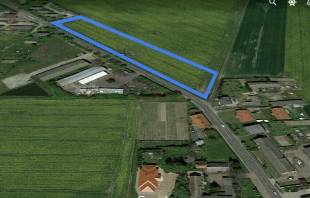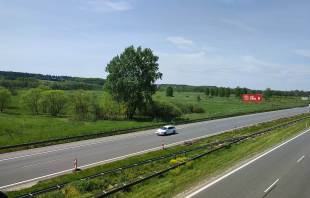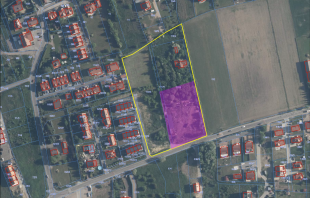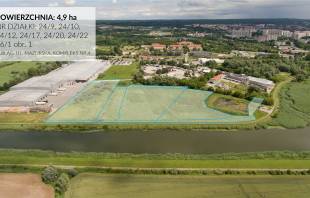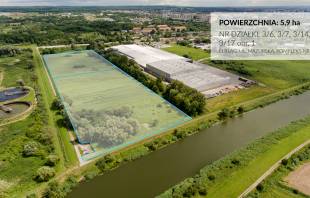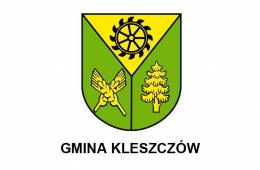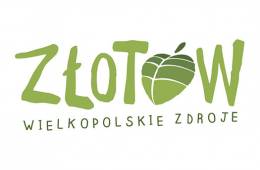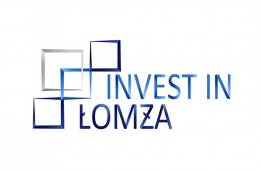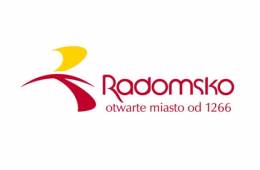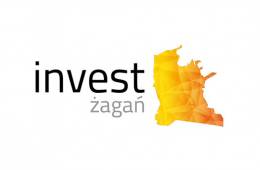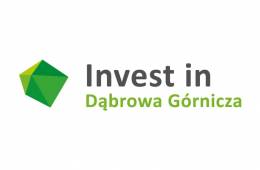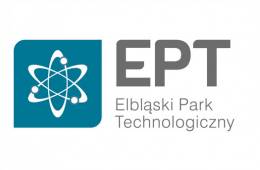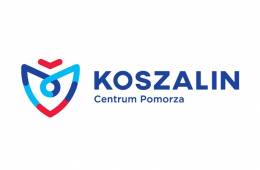Poland still improves its attractiveness as an industrial destination not only for small and medium industrial investors, but gives unique opportunities for locating a large-scale industrial project such as Volkswagen Group investment located in Wrzesnia, Poznan region (currently under construction); Daimler AG investment located in Jawor, Legnica region (currently under construction); Egger Group investment in Biskupiec, Olsztyn region or recently announced investment of Kornospan in Chorzele, Przasnysz region.
Furthermore, analyzing recent trends in large scale projects Poland is being shortlisted as a potential location for many projects run by multinational companies.
We are observing business environment rapidly changing and its strong influence on investment decisions about new projects and investors’ expectations towards land purchase timing as well as project timeline. For investors land acquisition, site preparation for planned investment and getting all required administrative decisions during construction process are essential in the shortest possible time.
Considering preparation status of industrial sites for planned investments, it is worth mentioning that the sites can be described as:
a) prepared for the immediate development – “ready to go” plots
b) partly prepared for planned investment
c) requiring many additional activities aiming to bring the site to the developable condition.
Only few investors accept partly prepared sites or sites which require many activities aiming to bring the site to the developable condition. Approvals for the investment decisions accepting such plots are taken usually when benefits from investing in such plot might outweigh the costs of bringing the site to the investor’s needs, including much extended project timeline in particular cases.
Taking into account different characteristics of particular investment projects we come to
a conclusion that the site prepared for immediate development should comply with the following criteria:
Location within the region which is able to secure a proper access to the labour market for the planned investment, taking into account current labour market constrains and possibility of hiring employees with required skills
This seems to be a key factor determining the possibility of securing a “ready to go plot” or generating need to find any alternative solutions or at least the necessity of searching for alternative solutions. Various status of industrial sites preparation across Poland is -to some extent the result of former interest in particular regions generated by investors as well as determination of the local authorities and industrial sites owners to attract investors to particular locations. Noticeably, sites which are better prepared for investments are located in majority in locations so far desired by investors. Large number of investors representing affined activities looking for similar workers’ skills generates high competition among employers on the labour market, which can be a limiting factor for the investment opportunities in particular regions.
Ownership status allowing to purchase the site
Ownership status of investment sites is an important factor, which can determine a decision making process of purchasing a particular industrial site. It is worth noticing that large number of the plot owners can generate two principal types of risks. First major risk occurs when it is impossible to assemble the site as a result of not reaching the agreement with the owners of particular single plots – or incapacity of purchasing the site due to its legal status.
Second type of the risk – in some cases substantial – concerns the timeline of the site acquisition. Identification of the processes or procedures of the site acquisition specific for particular ownership group is an important element in the acquisition process as well. Whereas sites owned by private individuals or companies are bought in direct negotiations, the plots hold by public owners are sold in public tenders. The tenders themselves may have either written, or oral form, and the procedures related to particular transaction acceptance and tender preparation differ between the public owners.
Necessary time for site acquisition, considering the ownership structure of the site, varies between few months and about a year.
Utilities – power, gas and water supply, sewage system, drainage and telecoms at the site border or in the site’s immediate vicinities
This is a key aspect allowing fast kick off of planned activities. It is worth noticing that the sites having a Special Economic Zone status usually are connected to the utilities. Noticeably, large number of owners is a factor limiting the chances to equip the site with utilities due to usually significant costs of such action. In case there is a single owner of the site – either public, or private – he can decide to cover the cost of connecting utilities to the site boundaries in order to make the site more attractive.
Site located within the existing or newly established industrial zone
This is an element mitigating the risk of discovering significant defects of the site, which could have a negative impact on the timing of the planned investment. The owner intentionally creating industrial zone pays attention to potential site-related risks, specific for particular property, which allows to optimize costs and project timeline for the buyer.
Planning status allowing to purchase the site and starting the planned investment without necessity of modification
It is worth mentioning that Polish legislation allows to purchase both sites with upfront known development conditions, or sites with fully negotiable development conditions.
Sites with upfront known development conditions are covered with Local Master Plans, which defines the construction possibilities and restrictions. Such sites guarantee the shortest possible time required to obtain construction permit.
Sites with fully negotiable development conditions can be transacted only in limited cases. These are the sites not covered with Local Master Plans, and site development conditions are established in individual negotiations with local authorities. Such zoning status offers more flexibility for investors, however the cost of this flexibility is extended timeline for obtaining construction permit – longer by the time necessary to agree with local authorities the site development restrictions.
Good road access to the site and industrial zone
Road access means both direct road connection to the site and connection to the major road scheme in the region. The area of Poland located on the Western part from the line Gdansk- Warsaw-Cracow has better road infrastructure and system than the remaining part of Poland, and so far this has been the area attracting majority of the investment projects. Industrial traditions of the Western Poland to some extent explain this situation.
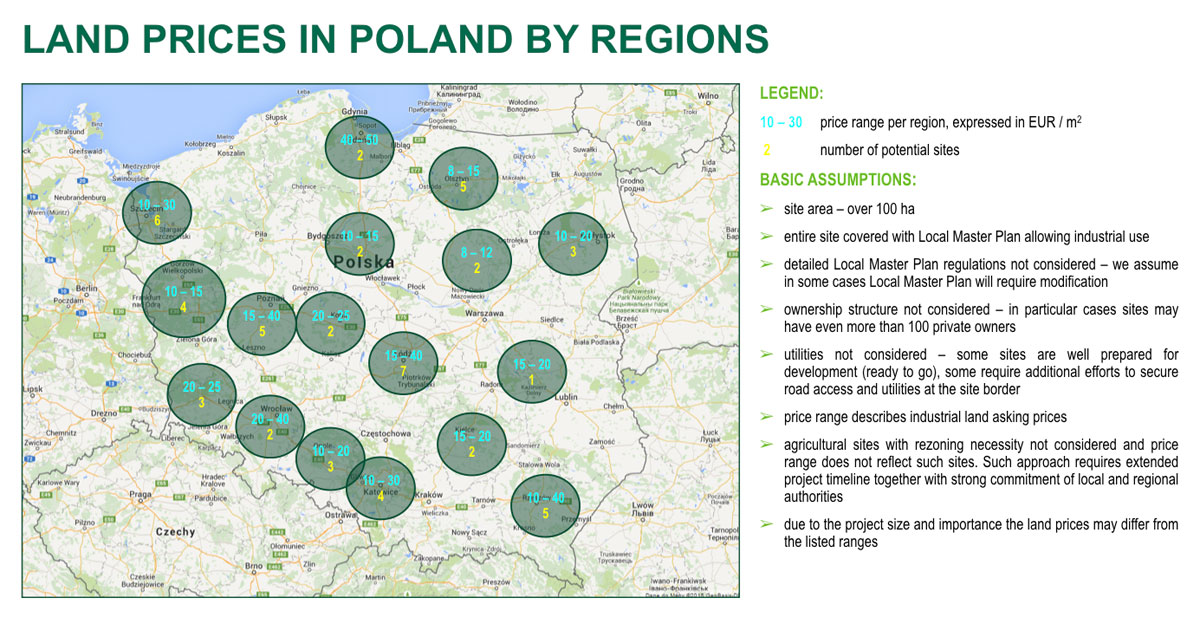
Generally border deadlines for issuing administrative decisions required prior and during the construction process are defined by Polish legislation. Two important factors allows to optimize project timeline:
- moment of initiating the process of obtaining permits and its correlation with site acquisition timeline (not all administrative permits require the title to the land, hence it is worth paying attention to optimizing the project timeline),
- determination of local and regional authorities to attract particular investment, which may result in timeline optimization for obtaining administrative permits.
According to CBRE market analysis, Poland offers the space to locate large-scale industrial projects. Around 60 sites of the area exceeding over 100 ha can be identified across Poland, and western Part of the country in particular offers much better availability of such sites. Lowering the site area criteria to minimum 50 ha results in a minimum 2,5 increase in potential number of locations.
As a matter of fact not all of these plots can be considered as “ready to go” sites. Some of them require undertaking many high costs generating activities in order to be able to accommodate industrial project. Some of the locations are partly prepared to accommodate the investment, and in many cases determination of local as regional authorities together with the appropriate support from government agencies can result in fast track site transformation to a status which enables to host the scheduled investment.
Contrary to what was has been indicated above, some of the industrial sites which are available on the market are well prepared for the development.
This perspective shows that Poland still creates possibilities for large-scale industrial projects. Considering possibilities of site acquisition optimization and permits necessary in the construction process timelines, Poland remains a very strong Central European brand with a very high potential indeed.
Michał Żelazek, Associate Director, Industrial Brownfields & Sites, Industrial & Logistics, CBRE

















